![]()
The French New Wave is one of the most important movements in the history of cinema, and Jean-Luc Godard is one of the prime movers within. His film, Breathless, released in 1960, is a milestone. Nouvelle Vague, the new film from Richard Linklater, tells the story of how that film came about. Yes, the film mostly focuses on the making of a single work, but it wisely gives context, background and allows the audience a real feel for the French film industry at this point in time. By doing so, the film gives a viewer something to connect with beyond simply following a fictionalized making of. The result is something at times quite extraordinary.

Courtesy Netflix
As the film begins, Godard, played by Guillame Marbeck in a playfully stunning portrait of arrogance, genius, ego and obsession, is the last of the Cahiers du Cinema major critics to not have made his own feature film. Francois Truffuat has just seen The 400 Blows debut at Cannes, and gain international acclaim. Nobody is sure what to make of Godard’s potential as a feature director, and certainly even his friends are wary of his long scripts and ego. These scenes allow us a chance to get to know the Cahiers crowd, and their love for cinema as well as the friendly competition among each other in both writing reviews and making movies.
Once a film is approved, Godard decides he will have the American star, Jean Seberg, newly arrived in Paris, as the female lead of his film. This takes some doing, but the introduction of Zoey Deutch as Seberg, changes the chemistry in the film. This is a performance, but it is also a becoming. It is not mimicry. Deutch is stunningly beautiful, here, capturing the incandescence that seemed to be part of something beyond the physical. There is a longing with Seberg to do real work, to speak great lines and to not be abused on set as she was on her last film, by Otto Preminger. Her wishes will only partially be met.
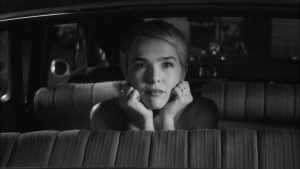
Courtesy Netflix
Guillame and Deutch go toe to toe as their characters, each determined to have their way. Into this is added Aubry Dullin, as Jean-Paul Belmondo, the male lead of Breathless. As shooting progresses, Seberg and Belmondo seem to less be acting than simply being, a fact which the actors perfectly capture. They do so with a mix of frustrated resignation, excitement and the kind fun that eats up the minutes between takes on a movie set. The chemistry between the three main actors here is crackling with all sorts of emotion and subtext.
The film is at its most successful when it is playful and or historical. There is a wonderous sense of being at the center of a flashpoint in movie history, and the film achieves this with a blend of excellent, period perfect aesthetic and loving approach. For film lovers, there will be not only a plethora of appearances by notable European film giants of the day-and future giants-but also shots and occurrences which pay homage to the films to come.
The film is nostalgic, but in the best sense. It is loving, clear eyed and playful without ever pandering. Here, Godard is aloof, allowed to be a bit of a cretin yet given his due while also shown to be somewhat in over his head during this first feature. Nouvelle Vague is most successful when it plays with time and place-the two great themes of Linklater’s career-than when it tries to get into discussions of French film politics. The tensions between desired outcome and reality crashing down are sublimely handled. None more so than that great push and pull between Godard and Seberg.

Courtesy Netflix
It is not enough, of course, that everything and everyone looks like who they are playing, but they seem, profoundly, to “be” who they are playing. This is a work that will appeal mainly to fans of the French New Wave or film history. As such, it is at times a trifle of a tribute-it tells all the famous stories known from the production of Breathless and is a veritable travelogue of the French film industry at the time-it is still one of the best examples of a very niche genre. A viewer will not come away with any new, deeper understanding of the New Wave or of the various artists involved. That was never the point. See it, though, for the wonderful black and white photography and Linklater’s expert direction. See it for the special performance of Zoey Deutch, who has turned in one of the year’s greatest examples of the craft of acting. Do not miss this one, if you love film.
Nouvelle Vague is now playing in select theaters and is streaming on Netflix November 14th.



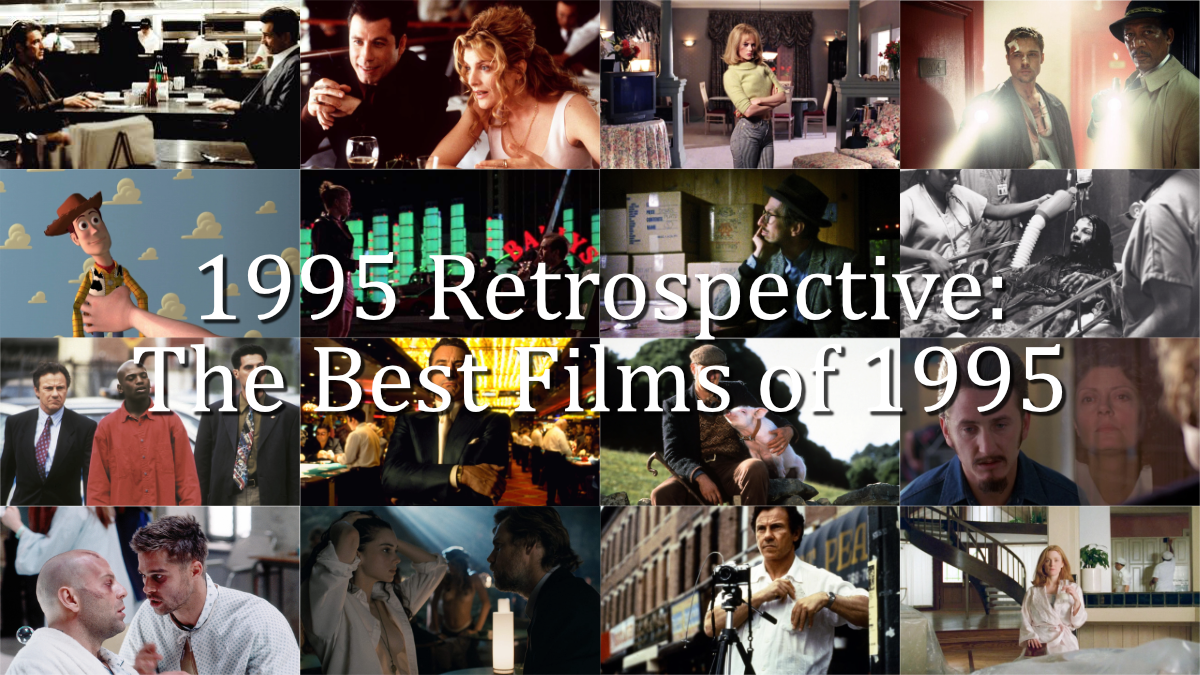
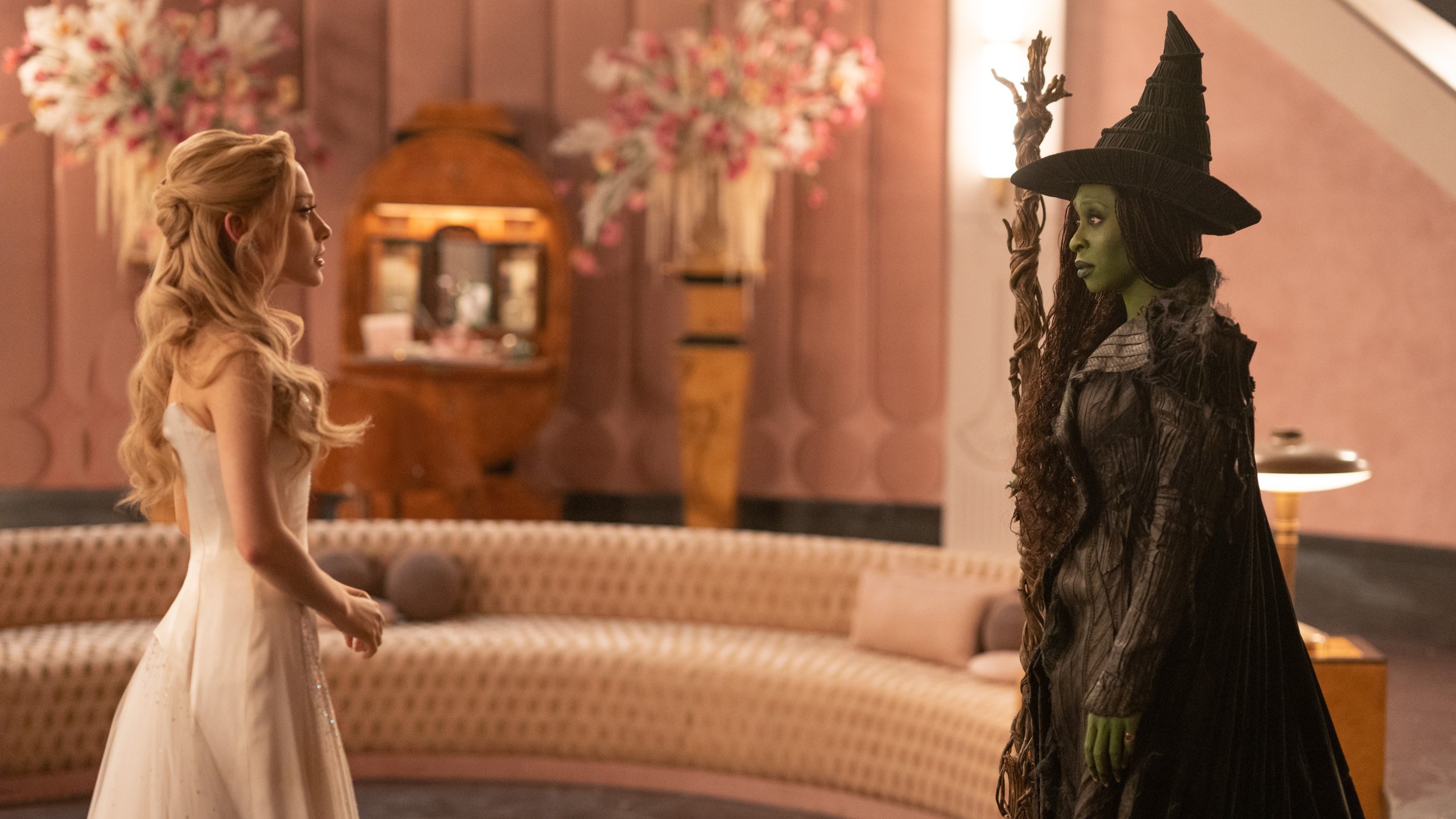
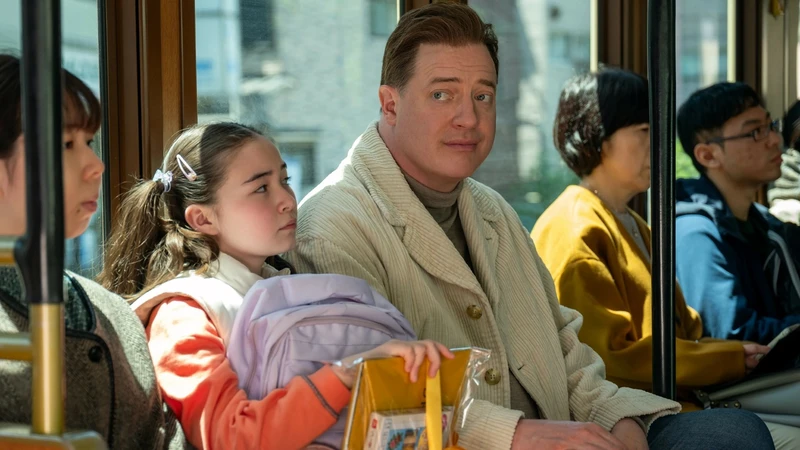
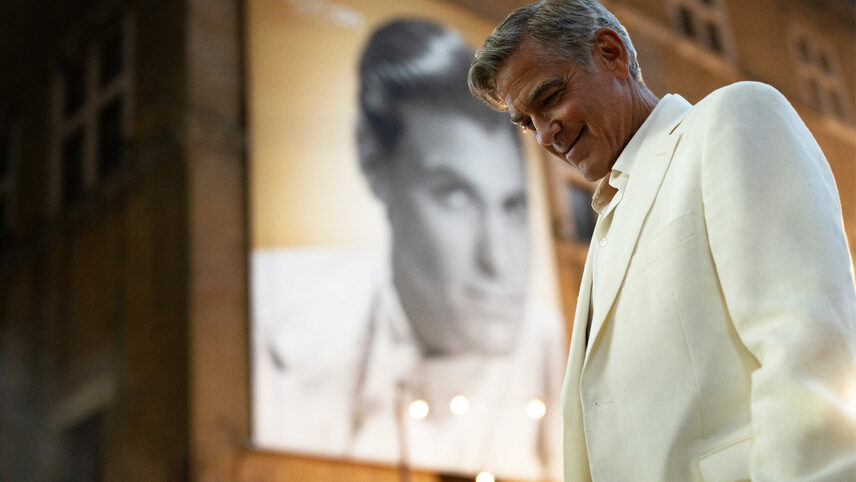
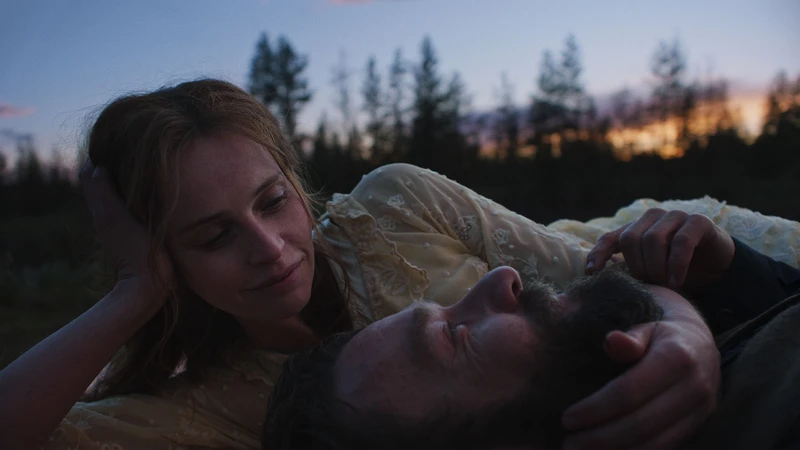
I cannot wait to see this. Linklater is one of my all time favorites. I’m also a big fan of Zoey Deutch and the New Wave.
I saw Richard Linklater’s NOUVELLE VAGUE yesterday. It’s a swooning love letter to French New Wave cinema centered on the creation of Jean-Luc Godard’s BREATHLESS. That picture hit conventional moviemaking like a molotov cocktail back in 1960, and Linklater and company go to length to recreate the look and feel of the era, both in terms of costuming and mise en scene but also the look of the movie itself, which mimics the style of Nouvelle Vague films, right down to the opening and closing credits. The cast is full of appealing actors who not only look much like but capture something of the spirit of their subjects.
There’s not much to this film, really, but I loved every frame of it. The audience for this film must be pretty small (there were a half dozen people at the screening I attended), but if you share Linklater’s affection for the era and know something of its history, this one’s for you. I found myself grinning like an idiot when I realized that the great French cinematographer Roul Coutard was going to be a significant figure in the story! Nearly every major figure in French cinema during the late 50s gets at least a nod here. This story dates from the days when Godard and Francois Truffaut were still besties, not yet bitter rivals, and it’s fun watching the two of them cheer each other on, often accompanied by Claude Chabrol and Suzanne Schiffman. Actually, everything about NOUVELLE VAGUE is fun. It was made by Netflix, so it should turn up there soon. Keep an eye out for it.
I wonder what Laura Truffaut would make of this one. (Have you seen it yet?)